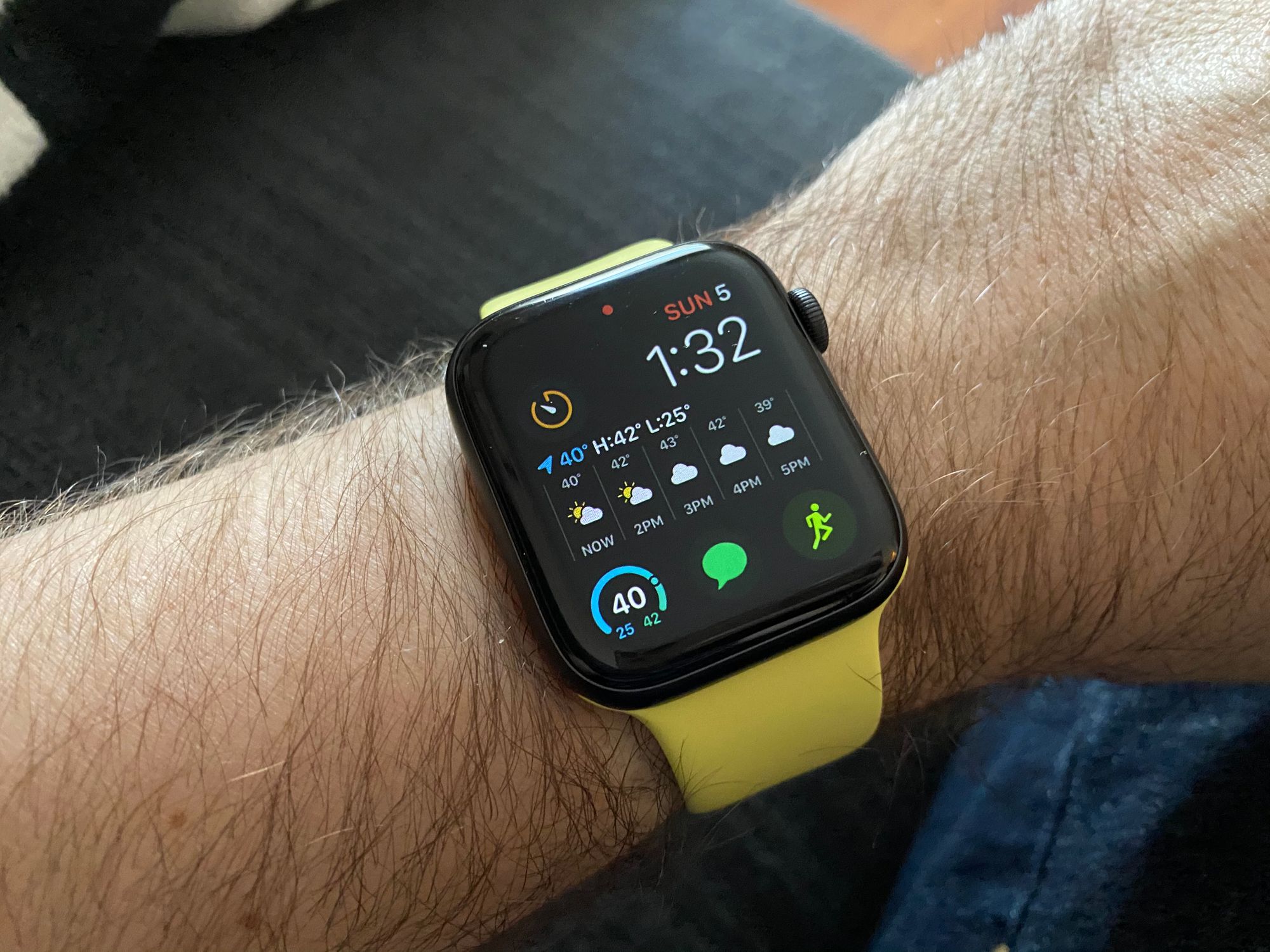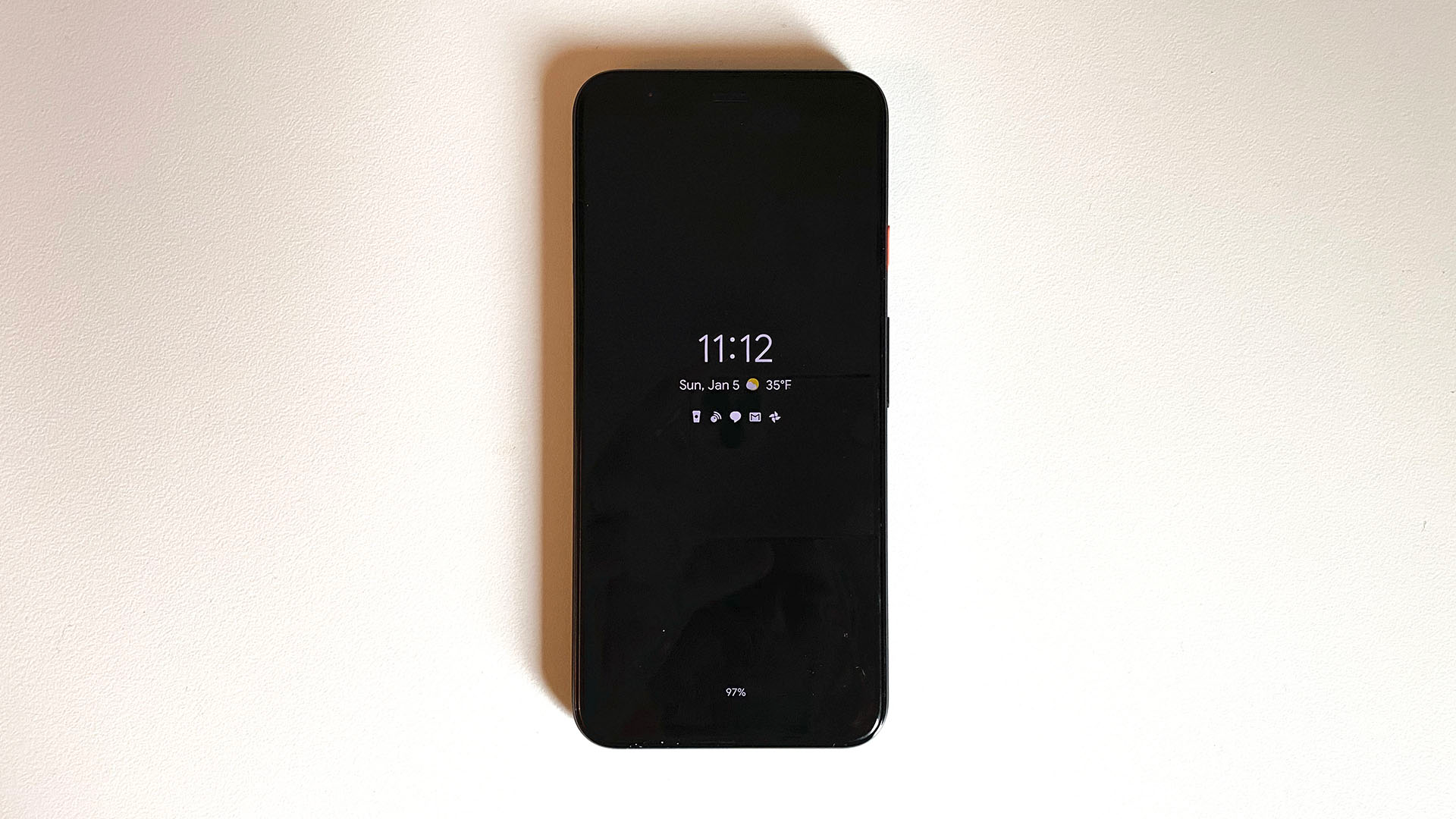How Does the Apple Watch Avoid Screen Burn In?

I was looking at my Pixel 4 (like you do) and I noticed something I don’t often think about with the always-on screen: it moves.

This isn’t new, as basically all smartphones with this feature do this, and have for years. It’s done to avoid burn in, and usually manifests in the phone moving the always-on content a few pixels left, right, up, and down every minute. But what got me thinking is that the Apple Watch, another product that is always on, doesn’t do this at all.
Assuming there are not going to be massive burn in problems with Series 5 Apple Watches in a few months, I wonder why they’re able to do this while others are not.
The Apple Watch is also giving this mode more work than most phones. Most phones use the proximity sensor to turn off the always-on screen when it’s in a pocket or laying face down on your desk. The Pixel 4 even uses a radar system to sense when no one is around it so that it turns off then as well. Meanwhile the Apple Watch has its screen on 100% of the time it’s on your wrist, only turning off when it’s off your wrist.
Anyway, this post is really just me asking what the deal is.


